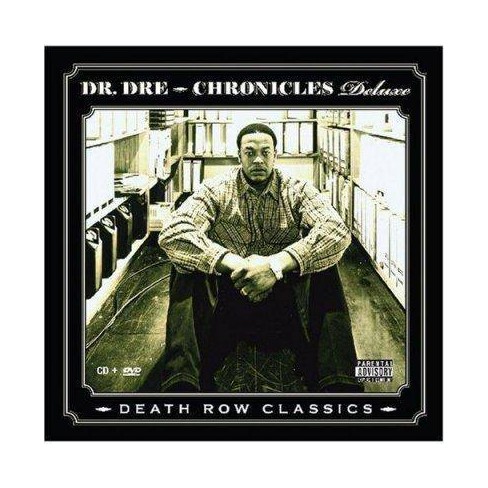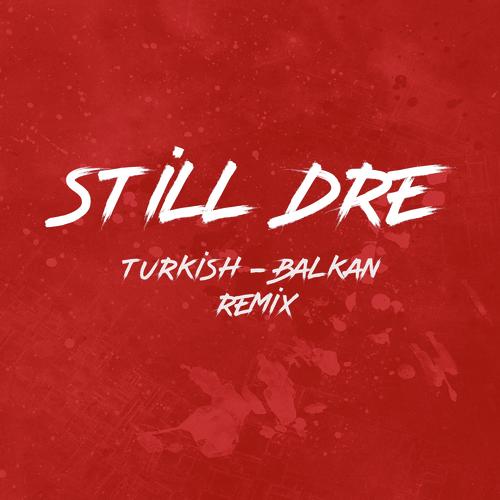

Sony came close to releasing The Chronic, but after that deal fell through, Death Row and Interscope secured distribution through Priority, and began building an empire.ģ.

But even coming off the chart-topping success of N.W.A’s swan song EFIL4ZAGGIN, labels were shy about paying Death Row’s asking price, taking on Dre’s legal issues with Ruthless Records, or releasing a gangsta-rap album at the height of media hysteria about explicit lyrics. Dre recorded The Chronic without a distribution deal in place for the newly formed Death Row Records, and then shopped the completed album, cover art and all, to multiple major labels. Multiple major labels passed on The Chronic.ĭr. The Beatles in India: 16 Things You Didn't KnowĢ. Dre and he told me that hearing The Low End Theory inspired him to make The Chronic.” “It was listening to N.W.A’s Straight Outta Compton that inspired us to make The Low End Theory,” Q-Tip said in an MTV News interview. Tribe’s jazzy sophomore album The Low End Theory directly influenced Dre’s development of The Chronic‘s rich, bass-heavy G-funk sound.

But it turns out that Dre and A Tribe Called Quest shared a mutual admiration that spurred both of them to make landmark albums. Dre’s West Coast gangsta-rap movement and the East Coast’s insurgent conscious-rap collective Native Tongues may have seemed to exist in direct opposition. The Chronic‘s low end was inspired by A Tribe Called Quest. To celebrate the album’s 25th anniversary, here are some things you may not know about The Chronic.ġ. But it was Dre’s groundbreaking production and string of hit singles that made The Chronic one of rap’s most revered LPs, ranking at number 138 on Rolling Stone‘s 500 Greatest Albums of All Time. The Chronic introduced the world to stars like Snoop Doggy Dogg, Nate Dogg and Lady of Rage, sold millions, and settled scores with foes like Eazy-E and Luther Campbell. gangsta rap on the map as a member of N.W.A, it was his solo debut, released in December 1992, that made the good doctor a household name and turned Death Row Records into a hit factory.

Dre's production has been noted for founding and popularising the G-funk subgenre within gangsta rap. Dre becoming one of the top ten best-selling American performing artists of 1993. The album peaked at number three on the Billboard 200 and had been certified triple platinum by the Recording Industry Association of America ith sales of over three million copies in the United States, which led to Dr. Upon its release, The Chronic received positive reviews from most music critics and earned considerable sales success. Although a solo album, it features many appearances by Snoop Dogg, who used the album as a launch pad for his own solo career. Dre following his departure from gangsta rap group N.W.A and its label Ruthless Records over a financial dispute, and consequently features both subtle and direct insults at Ruthless and its owner, former N.W.A-member Eazy-E. The album is named after a slang term for high-grade marijuana, and its cover is a homage to Zig-Zag rolling papers. Recording sessions for the album took place in June 1992 at Death Row Studios in Los Angeles and at Bernie Grundman Mastering in Hollywood. Dre, released in 1992 on Death Row Records. The Chronic is the debut solo album by American hip hop musician Dr. Death Row Studios and Bernie Grundman Mastering (Los Angeles, California)


 0 kommentar(er)
0 kommentar(er)
